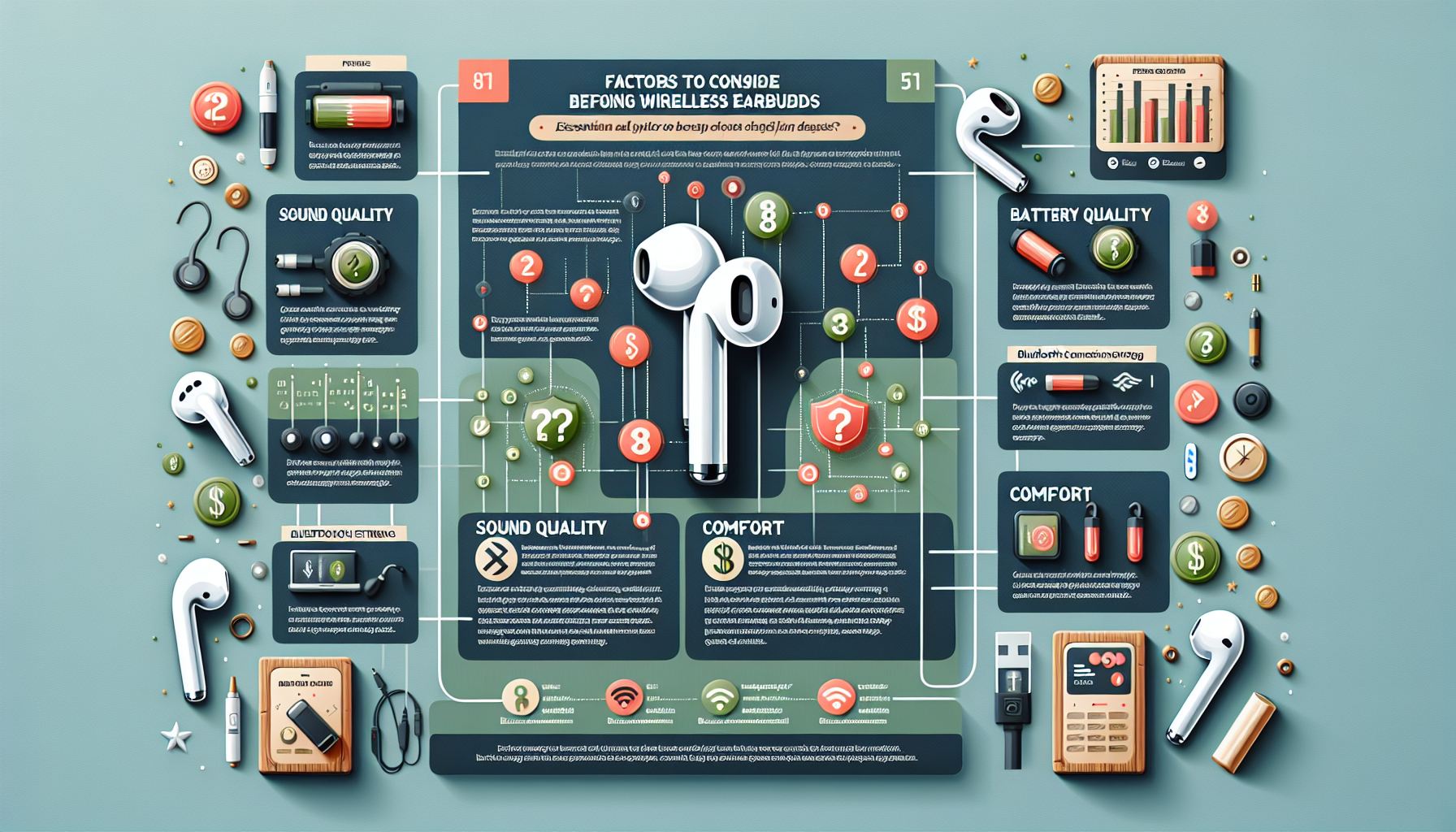Considerations Prior to Purchasing AirPods 4: An In-Depth Overview
Apple’s AirPods have transformed our wireless audio experience. With the introduction of the AirPods 4, Apple continues to enhance its lineup, presenting new functionalities and enhancements. However, as thrilling as this newest version may appear, there are several elements to contemplate before you buy. This article investigates the advantages and disadvantages of the AirPods 4, examining their attributes, performance, and how they stack up against other models, such as the AirPods Pro 2. Whether you are a long-time Apple fan or are looking into AirPods for the first time, this guide will empower you to make a well-informed choice.
What’s Different with AirPods 4?
Enhanced Comfort and Style
A significant improvement in the AirPods 4 is their elegant, lightweight construction. Without ear tips, these earbuds are designed for those who favor a more relaxed fit that does not obstruct the ear canal. Apple has launched the smallest charging case in the AirPods series, enhancing portability.
While the comfort and convenience are commendable, the absence of ear tips may impact passive noise isolation. This renders the AirPods 4 less optimal for settings with considerable background noise compared to models like the AirPods Pro 2.
Active Noise Cancellation Without Ear Tips
Apple has successfully incorporated Active Noise Cancellation (ANC) in the AirPods 4 without the need for ear tips—a first for the brand. Although this advancement is innovative, some users may find that the noise cancellation is not as robust as in-ear models like the AirPods Pro 2, which create a tighter fit for superior sound isolation.
Features Absent from AirPods Pro 2
Stem Volume Controls
The AirPods Pro 2 introduced a handy feature enabling users to adjust the volume by sliding their finger up or down on the stem. Regrettably, this option is missing in the AirPods 4. While you can still play, pause, and skip tracks, modifying the volume necessitates either voice commands via Siri or manual changes on your device. For many, this might feel like an inconvenience, especially in comparison to the fluid controls found in Pro models.
Perception of Battery Life
Both the AirPods 4 and AirPods Pro 2 advertise a battery life of 30 hours with multiple charges. However, user feedback indicates that the AirPods 4 might seem to deplete quicker. This discrepancy could stem from variations in usage habits or energy management. If battery longevity is a concern, you may find yourself opting for the AirPods Pro 2 more frequently.
Audio Quality: How Do AirPods 4 Stack Up?
Apple asserts that the AirPods 4 provide sound quality comparable to the AirPods Pro 2. With remarkable clarity and balance, these earbuds excel in casual listening. Yet, audiophiles might perceive a subtle variance in bass response and overall sound immersion due to the absence of ear tips. If aiming for the ultimate audio experience, the Pro models may still hold a clear advantage.
Are AirPods 4 Suitable for You?
Perfect For:
- Individuals who value comfort and a lightweight design.
- Those who find the in-ear sensation of ear tips unappealing.
- Apple fans seeking flawless integration with their devices.
Not Ideal For:
- Users needing effective noise cancellation in loud environments.
- People who often adjust volume while moving.
- Audiophiles in search of unparalleled sound fidelity.
Alternatives Worth Exploring
Before you finalize your choice, consider looking into alternatives to the AirPods 4:
- AirPods Pro 2: Ideal for those who prioritize improved noise cancellation, volume controls, and a richer sound experience.
- Wireless Earbuds: Other brands provide earbuds with extended battery life and similar functionalities at a more affordable price.
- Bluetooth Speakers: If your primary concerns are portability and sound quality, consider a compact Bluetooth speaker for on-the-go listening.
Closing Thoughts
The AirPods 4 introduce intriguing advancements to Apple’s offerings, but they are not without compromises. While they shine in terms of comfort, portability, and smooth integration, some users may find the absence of volume controls and perceived battery issues to be drawbacks. Ultimately, the decision between AirPods 4 and other Apple or third-party options hinges on your individual requirements and preferences. By assessing the advantages and disadvantages presented here, you can arrive at an informed decision that aligns with your lifestyle.
Common Questions (FAQs)
1. What distinguishes AirPods 4 from earlier versions?
AirPods 4 feature a lightweight design without ear tips, Active Noise Cancellation, and the smallest charging case in the series. However, they miss some features available in the AirPods Pro 2, such as stem volume controls.
2. Are AirPods 4 sound better than AirPods Pro 2?
Although Apple claims the sound quality is similar, the lack of ear tips in the AirPods 4 may lead to lower bass response and sound isolation compared to the Pro models.
3. How does the battery life of AirPods 4 measure up to other variants?
Both AirPods 4 and AirPods Pro 2 provide 30 hours of battery life with multiple charges. Nonetheless, some users note that AirPods 4 seem to deplete more quickly, likely due to varying usage behaviors.
4. Are AirPods 4 comfortable for extended wear?
Yes, their lightweight and ear tip-free design makes them very comfortable, especially for those who dislike the in-ear design of other models.
5. Can I utilize AirPods 4 for exercise?
While AirPods 4 are comfortable and secure for lighter activities, they may not provide the same level of sweat and water resistance as some sport-oriented earbuds.
6. What are the top alternatives to AirPods 4?
Consider the AirPods Pro 2 for superior noise cancellation and features, or check out other wireless earbuds for more extended battery life and affordability.
7. Should I upgrade to AirPods 4 if I own AirPods Pro 2?
If comfort and portability matter more to you than aspects like volume control and exceptional noise cancellation, the AirPods 4 could be a worthwhile option. Otherwise, an upgrade may not be necessary.